Rudy Castorina (Ocean Media Lab) tells us about the ship’s stop in Reykjavik
After spending 15 intense days navigating the North Atlantic, we have arrived in Reykjavik, Iceland. What a journey it has been – scientifically rich, emotionally layered, and shaped by a full spectrum of weather.
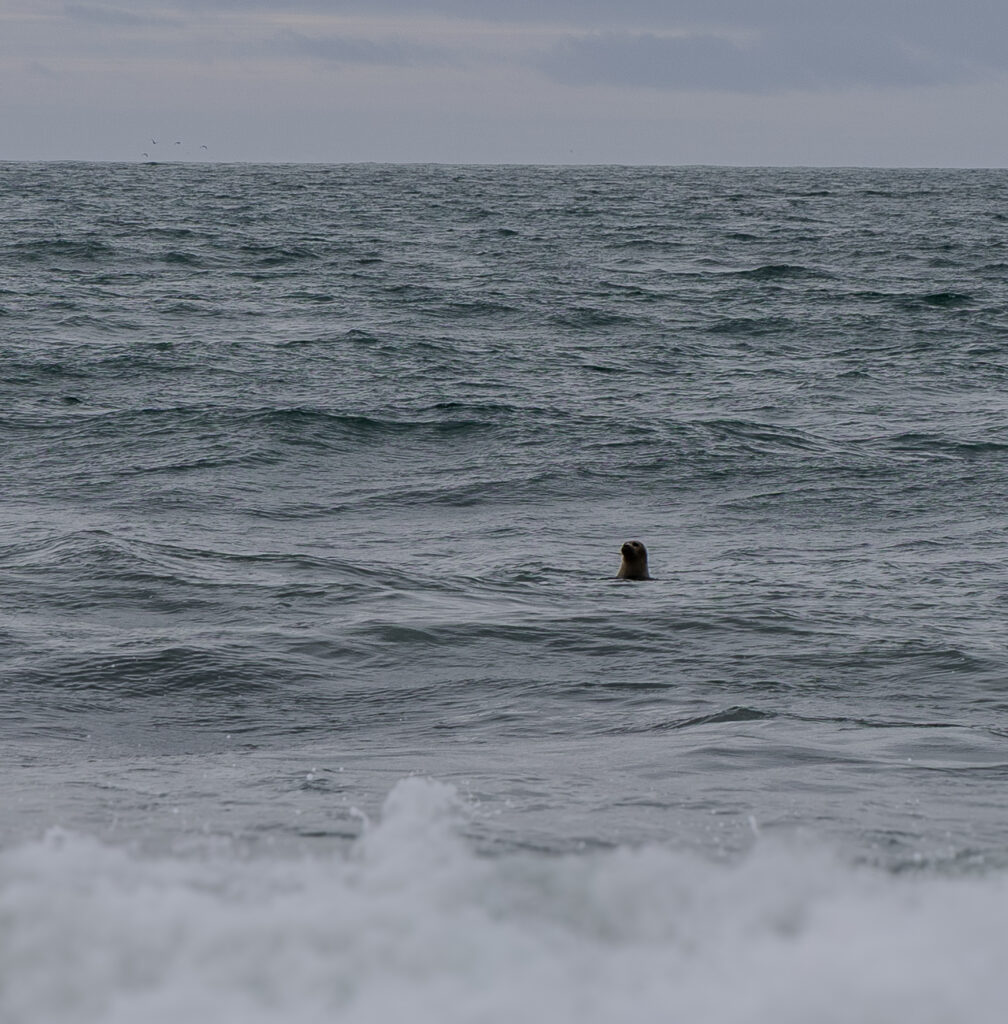
A watchful seal welcomed us to Iceland. A reminder that even brief encounters with marine life can leave a lasting impression. (Ocean Media Lab)
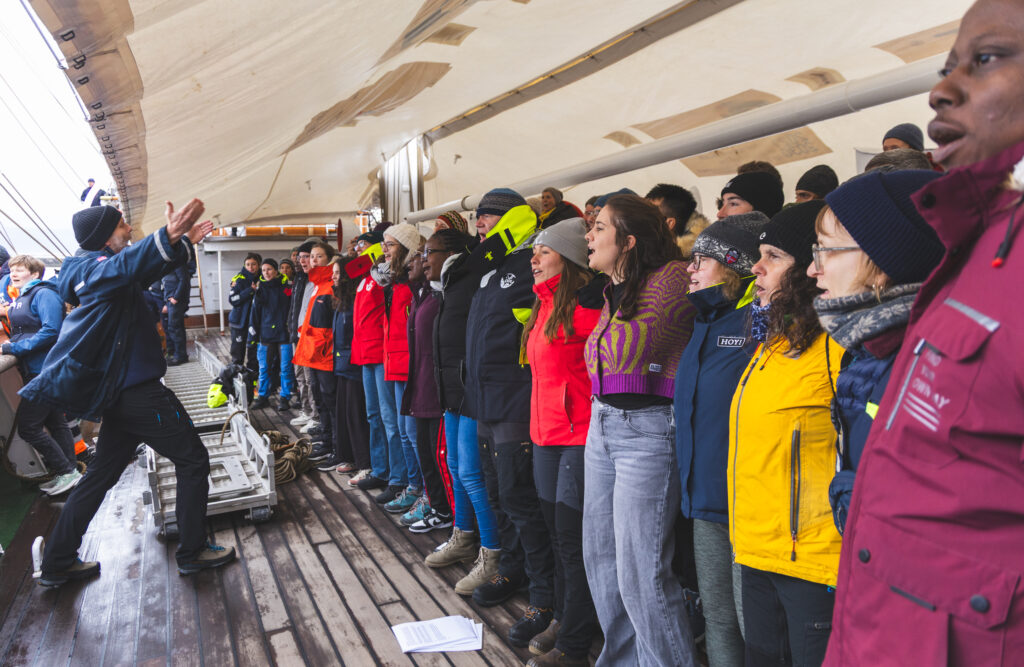
Singing a sea shanty, led by Haakon Vatle to announce our arrival in the port of Reykjavik. Later that day, we heard the echoes had carried through the town! (Ocean Media Lab)
This brief respite on solid ground feels like a breath of fresh air for everyone aboard. The ship, our floating laboratory and home, is now docked in a land where nature speaks in steam, stone and cascading water.

Final manoeuvres into Reykjavik Harbour. Backpacks slung on, the citizen scientists disembark smiling. For them, Reykjavik marks the end of their journey, while for the Ocean Training Course participants, it’s just a stop along the way. (Ocean Media Lab)
Stepping ashore after two weeks at sea reshapes how we experience the everyday. A simple cup of coffee in a café, a stroll down a street, even the sensation of still ground under our feet – all feel renewed. The shore break allowed the group a little time to explore some of Iceland before heading back out to sea for more science.
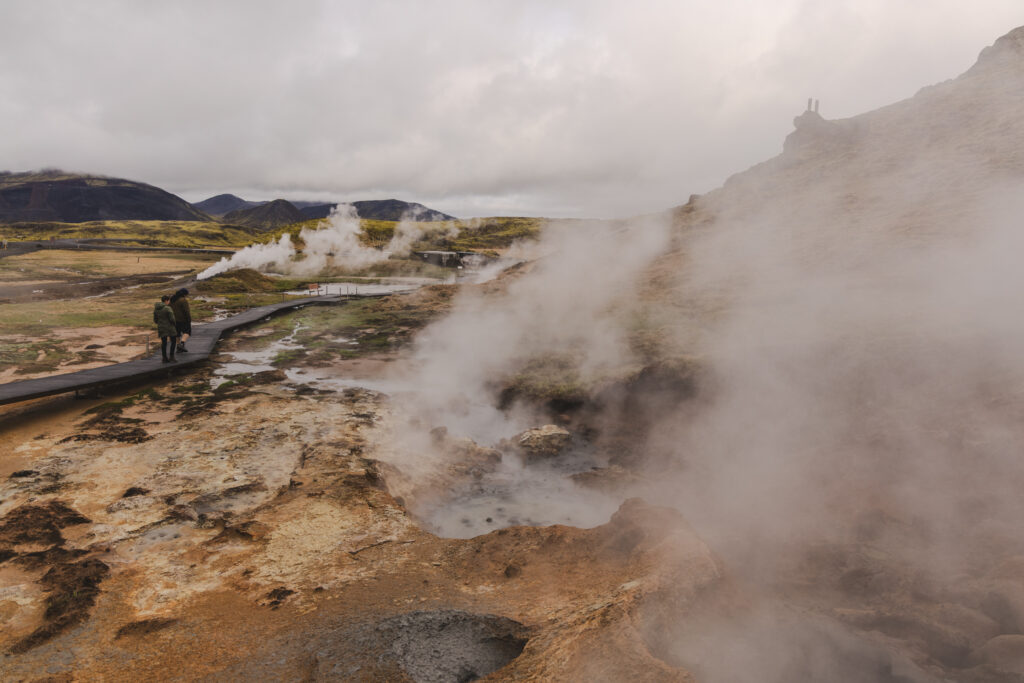
Geothermal vents, powered by the meeting of tectonic plates, bring textbook geology to life. The Earth breathes here –loud, hot, and unmistakably alive. (Ocean Media Lab)
Lena Schaffeld a Masters student in marine biology, said, “When we first arrived in Iceland, I first did not want to get off Statsraad Lehmkuhl since the ship has become my home over the past two weeks. Nevertheless, it was a relief to be able to stretch my legs beyond the ship’s length. Iceland proved to be an absolutely stunning stop with its dramatic, contrasting and colorful landscapes.”
Some visited the famous Geysir geothermal area, where scalding water bursts from the Earth every few minutes – a dramatic reminder of the planet’s raw power. These geysers are more than a tourist attraction; they are surface expressions of Iceland’s unique position straddling the Mid-Atlantic Ridge, where the North American and Eurasian tectonic plates meet and drift apart.
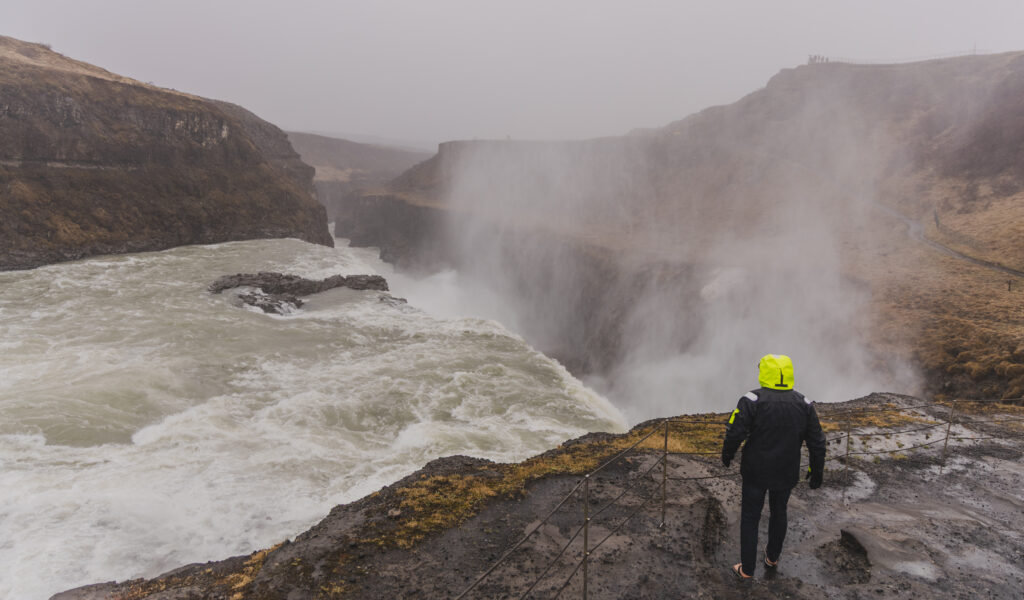
Gullfoss Waterfall. (Ocean Media Lab)
Florian Le Guillou, a researcher at Datrlas, France, said, “We felt incredibly fortunate to visit Iceland after spending two intense weeks at sea. This breathtaking island, seemingly floating in the middle of the North Atlantic, felt like another planet – rugged, raw, and surreal. Our time there offered a much-needed pause surrounded by dramatic fords, steaming geothermal fields, and vast volcanic plains.”
This stop in Reykjavik also brought a moment of diplomacy. The Norwegian Ambassador to Iceland visited us onboard, joining a special session where students presented their early findings and shared insights from their ongoing research projects. It was a proud moment for all involved, illustrating how youth, science and policy can converge in meaningful ways.
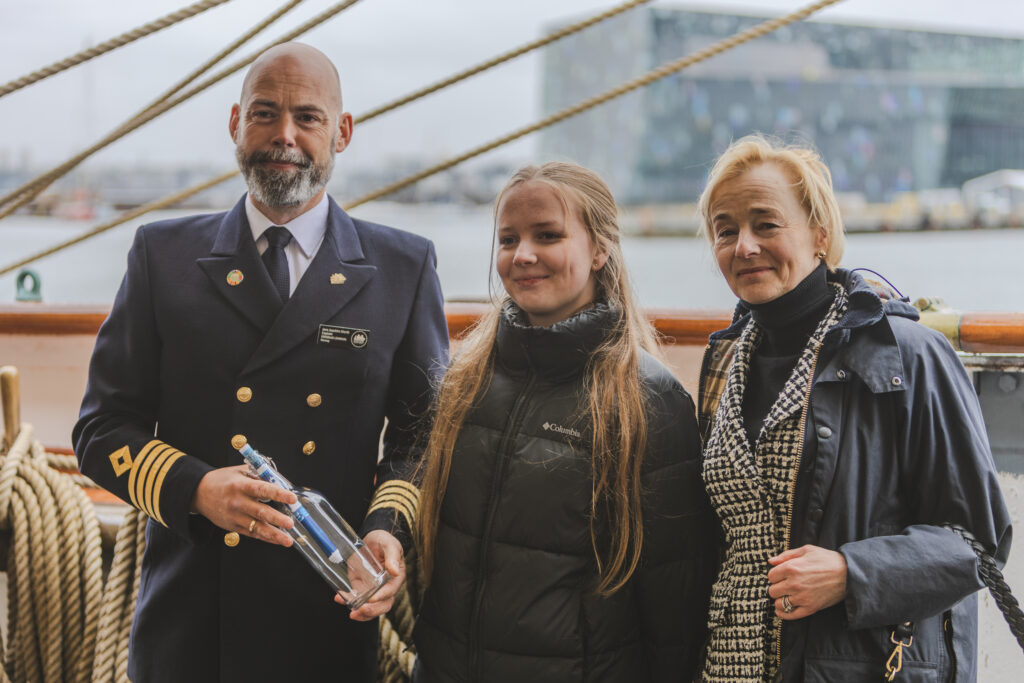
Captain Hiorth (left), a young ocean advocate (middle), and the Norwegian Ambassador to Iceland stand together after the official hand-over of the One Ocean Expedition’s message in a bottle. (Ocean Media Lab)
During the same event, the captain of the Statsraad Lehmkuhl was entrusted with a powerful symbol: the One Ocean ‘Message in a Bottle’. This sealed letter, written by the Norwegian Minister of Foreign Affairs, carries a message to future generations about the critical importance of ocean stewardship. The bottle will remain onboard until it is opened at the end of the One Ocean Expedition – underscoring that this journey is not just scientific, but symbolic.

Docked at Reykjavik – more than a ship, a symbol of unity between nations, science and the ocean. (Ocean Media Lab)
These land-based explorations remind us why we are here. From satellite data to water sampling, our work at sea is about understanding systems that operate on global scales, but seeing the land up close reminds us of the intimate connections between Earth’s inner forces, surface environments, and the ocean that binds them all.
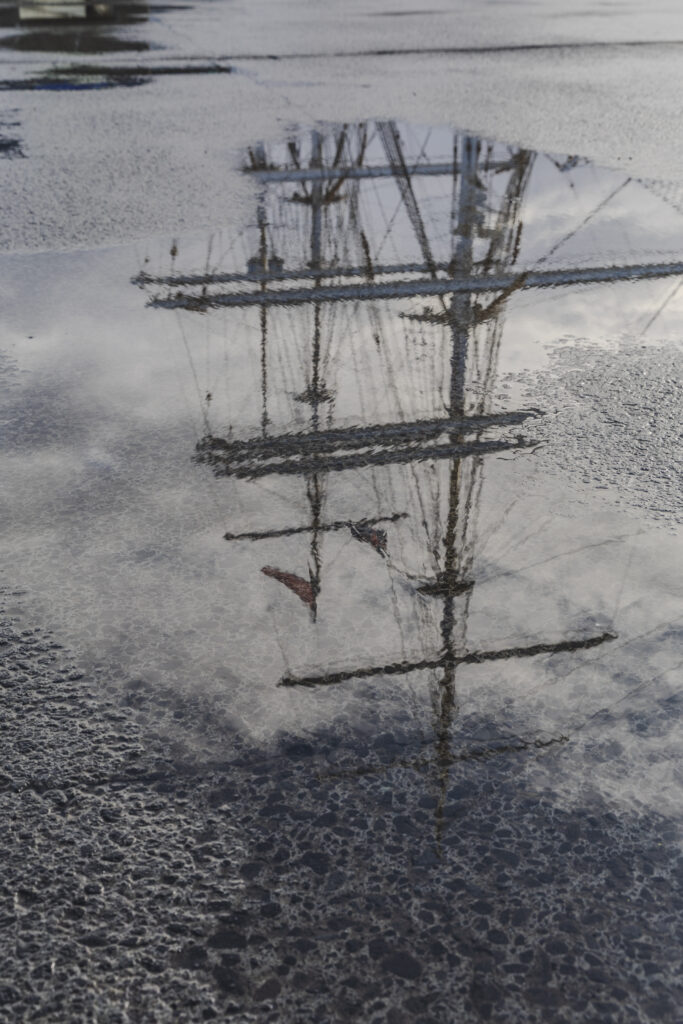
Statsraad Lehmkuhl’s reflection. (Ocean Media Lab)
Now recharged, we look ahead to the next leg of the expedition and more Earth science.
Stay tuned as we continue our ocean journey south toward the United Nations Ocean Conference in Nice, carrying with us new data, deeper insight—and a fresh appreciation for both land and sea.
And just on the horizon—we’re looking at a really big storm for our departure from Reykjavik… to be continued.
Post from: Rudy Castorina (Ocean Media Lab)








Discussion: no comments